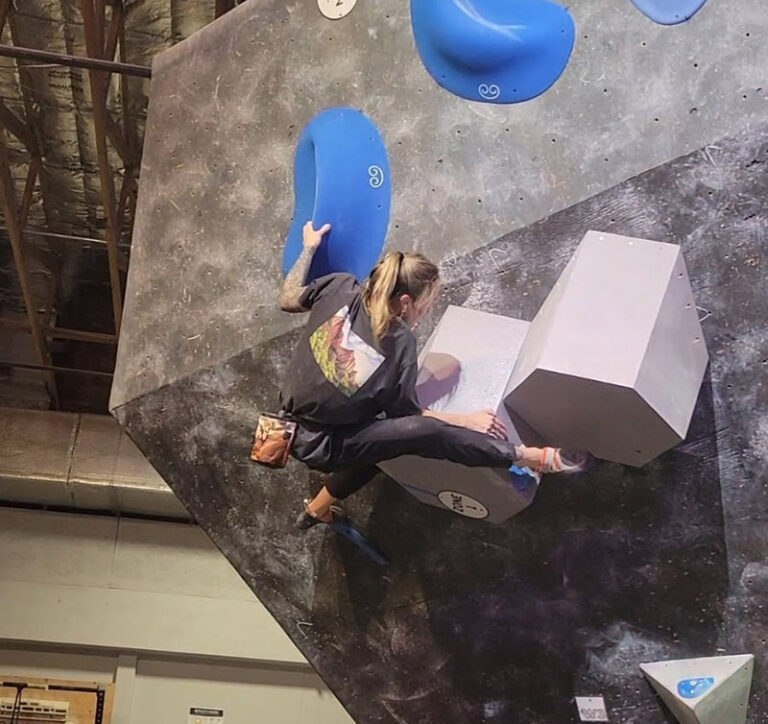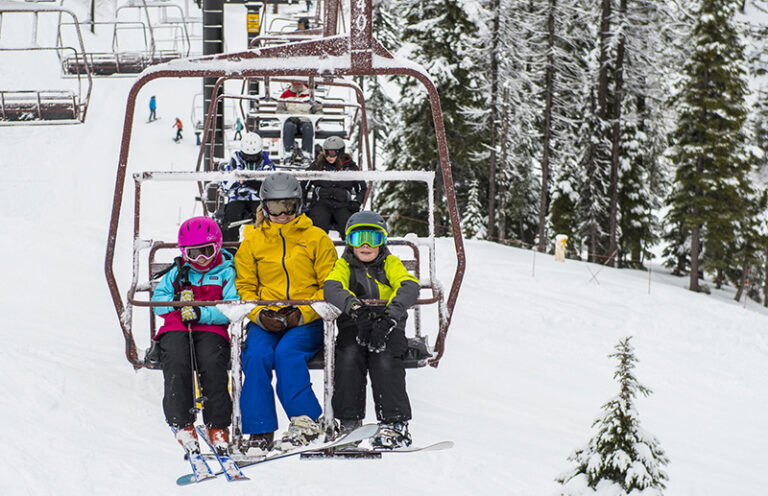Some people are born into the wild. The desire to climb the highest peak and trek the roughest terrain is built within their very core. It’s a way of life. It’s something that calls within them to get out and explore. Gerry Copeland was one such man. The longtime Spokane architect (founder of Copeland Design & Construction Inc.) earned two architecture degrees at the University of Washington, traveled in Europe and spent two years in the Peace Crops. He and his wife Margie were avid hikers and backpackers. The couple joined the Lands Council after moving to Spokane in 1988 and following Gerry’s retirement, he joined the Board of Directors.
Lands Council President Steve Llewellyn says he always admired the enthusiastic life Copeland lived both within and outside of the organization. “He was an outstanding contributing member who absolutely loved being out in wild areas,” he says. “He was always hopeful that the places he loved would eventually be protected.”
The Colville National Forest was one of Copeland’s favorite places to explore. “Gerry was the spokesperson personified for the Colville National Forest,” Llewelyn says. “He was highly interested in that area and wanted to have as much as possible of that wilderness and roadless areas protected.”
Margie says they first climbed the Kettle Crest in 1976. “The crest trail was also the first trip we took our daughter on,” she says. “She was only three months old.” When Copeland got the idea to create a unified, single-track hiking trail amongst the existing trail system, Lands Council Executive Director Mike Peterson sent him to Derrick Knowles.
Knowles met Copeland in 2009 while working as an outreach coordinator with Conservation Northwest. “At the same time that Copeland was working on a trails system, I was thinking of having an east, west, Kettle Route that would go up all the way over the Kettle Crest and to the Columbia River,” Knowles says.
Over the course of several months the duo discussed routes and existing trail systems. Copeland used National Geographic software to create physical and digital maps, but fell ill before they could hike portions of the proposed trail and present their formal plans. In 2009, Copeland was diagnosed with melanoma and passed away this past spring. The trail was his last, unfinished project.
The ultimate plan was to formalize the trail and submit it to the Forest Service as a National Recreation Route. “The proposal hasn’t been finished yet, but it’s something we could try and get The Lands Council and Conservation Northwest on board with in order to get a wilderness bill passed for the Colville National Forest,” Knowles says. “Maybe the trail could be part of an entire bill package. That would be a really great tribute to Copeland.”
Currently, the Kettle Range is home to more than 120 miles of hiking trails. The 6,000-foot range west of the Kettle River is even home to some of the best hiking along the Pacific Northwest Trail (PNT). The PNT and 45-mile, alpine Kettle Crest Trail are commonly used, but popularizing the area with a National Recreation Route would draw even more attention.
As proposed, Copeland’s East-to-West Kettle River Range Trail would be a 60-70 mile route. The trail would predominately use existing trail space and diverge from road beds. “What’s really neat about the trail is that is crosses all different types of elevations,” Knowles says. The trail would rise to approximately seven thousand feet and fall below three thousand feet. Through it all, the course would trek through Ponderosa forests, desert landscapes, lush, alpine meadows, wet forests, lodge pole forests and a lake.
The trail is proposed as follows:
Start at the east of Trout Lake Campground on the edge of Hoodoo Canyon. Follow the Hoodoo Canyon Trail #17 to Deadman Cr. Rd. # 9565 then west a couple of miles on that road and up FS RD #535. Then take Trail # 98 over Mack and King Mountains (this section is currently open to off-road vehicles) all the way to Albion Hill RD #2030, then left (south) a few miles on Albion Hill Road to the Wapaloosie campground and trail head. Hike up Wapaloosie Trail # 15 to the junction with the Kettle Crest National Recreation Trail and head south on trail #13 all the way to Sherman Pass at Highway 20.
Cross the highway again on the Kettle Crest Trail heading south to Barnaby Buttes Trail #7 where you head west down to Hall Creek Rd #600. Hike another 3 or so miles north on Rd #600 to the 13-Mile Trailhead on your right. (Gary mapped out a potential new section of hiking trail that would parallel the road and make a through connection from Barnaby Buttes Trail to the 13-mile trail without using the road).
Once at 13-mile trail, continue west for a final 18 miles or so down 13-mile canyon to the end of the route at the 13-mile trailhead on the San Poil River south of Republic. The entire route passes through five proposed wilderness areas and as many different types of habitats. About 10 or so miles are currently on dirt roads, but could, as Gerry envisioned, be bypassed with new hiking trail construction.
Knowles said he hopes work will continue on the project Copeland dedicated his final efforts to “Once we put labels on things, whether it be wilderness or national recreation trail, people begin to put value on it.”
Although in its infancy, the work and desire Copeland put into this trail proposal is a monument for what he stood for. He loved the Kettle Range and wanted to do everything in his power to protect the wilderness he was drawn to.
“Copeland was truly, truly a wonderful man,” Llewelyn says. “He left his mark on the world in a lot of ways. In the things he designed, in the places he went, and the people he touched.”













